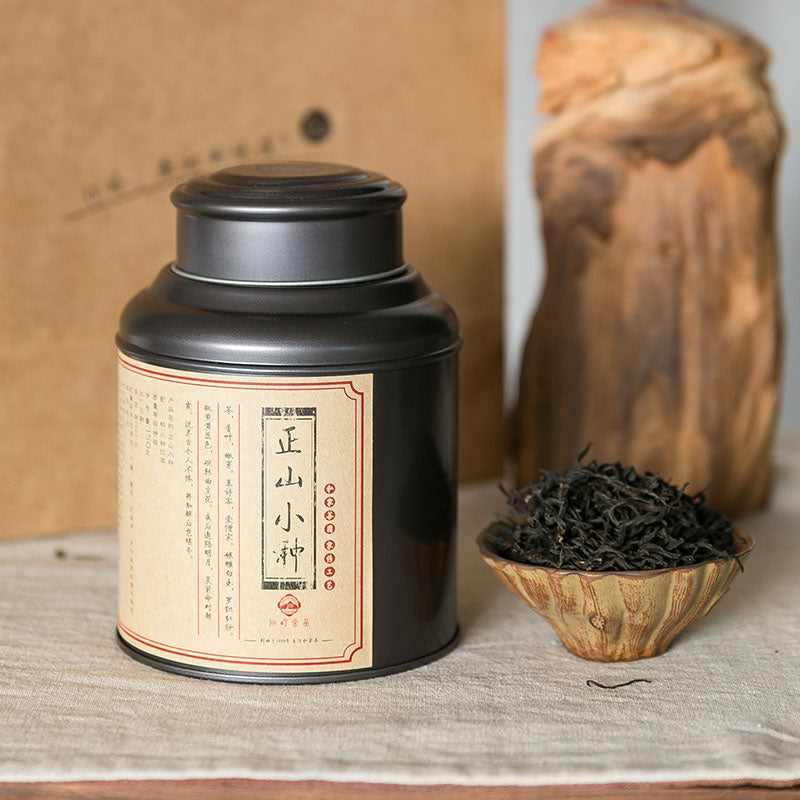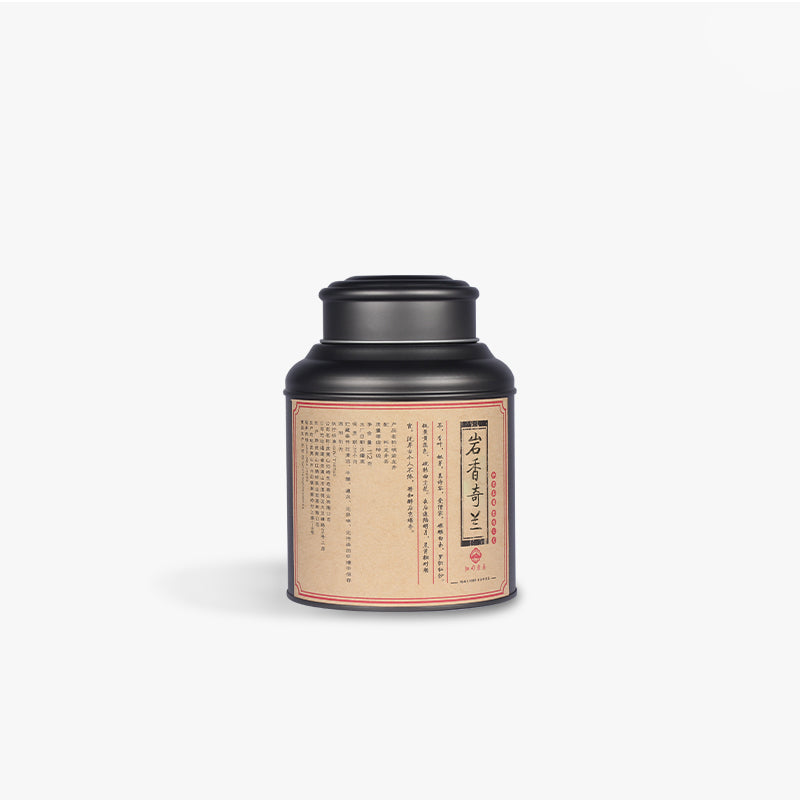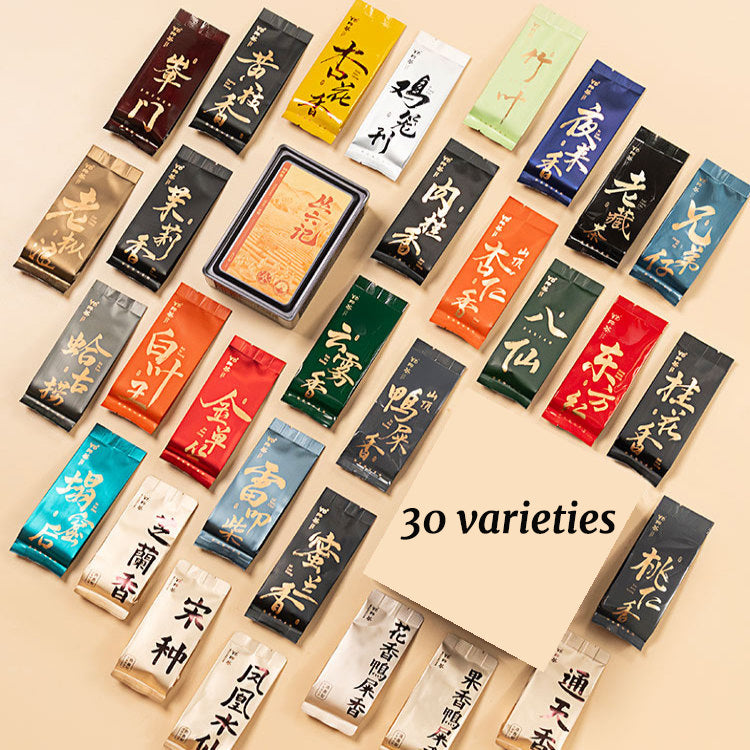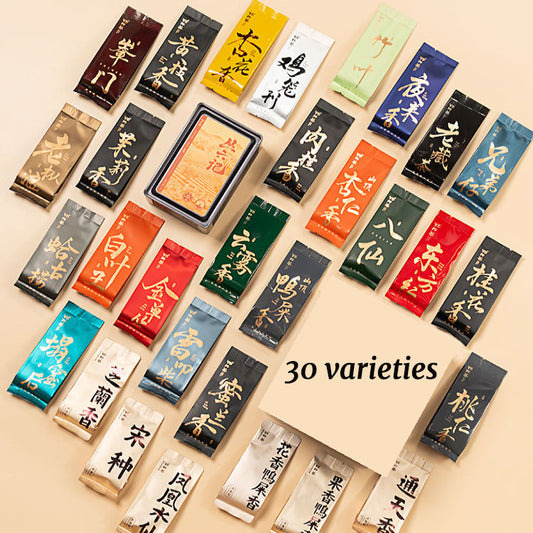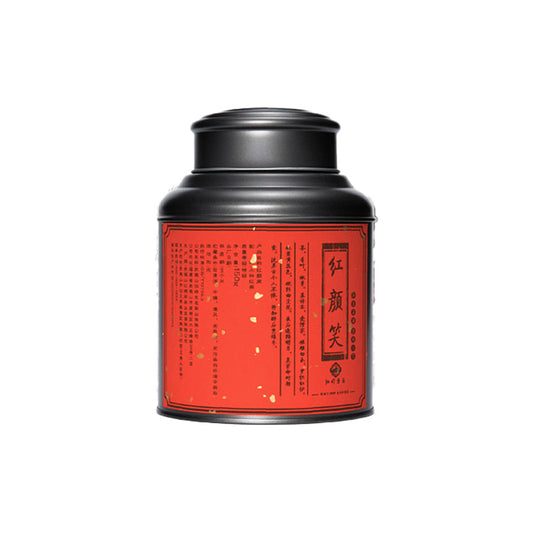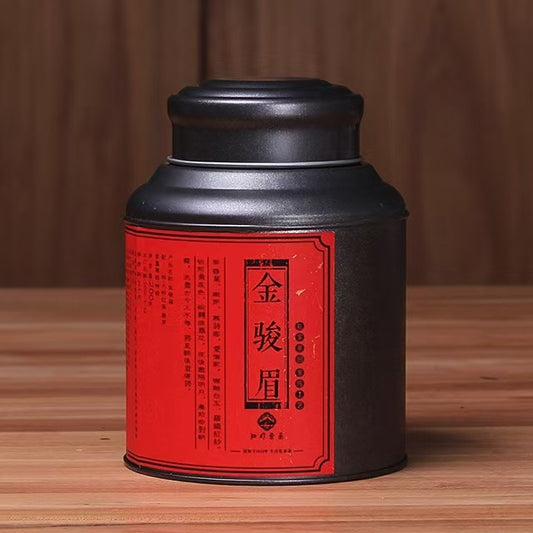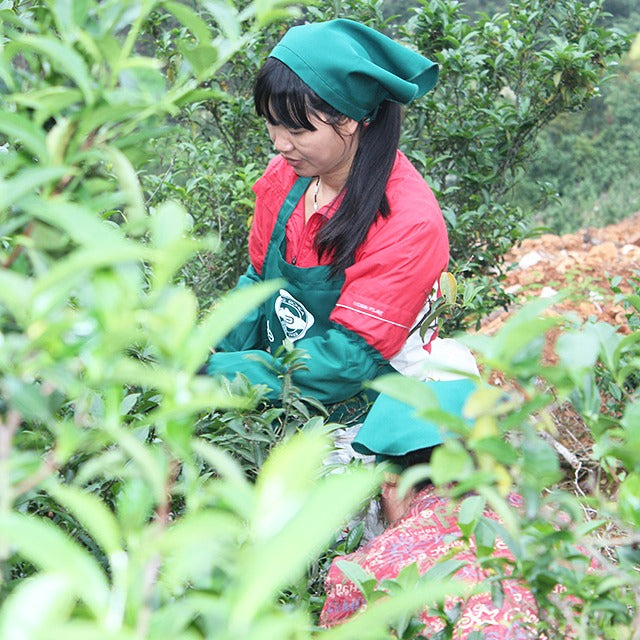White Tea vs Green Tea Unraveling the Caffeine Mystery
White Tea vs Green Tea Unraveling the Caffeine Mystery
When it comes to tea, few things captivate the curious palate as much as the delicate nuances of flavor and the gentle dance of caffeine. White and green teas are often placed side by side in this conversation, inviting both seasoned tea lovers and newcomers alike to explore their unique qualities. At first glance, these two teas might seem similar—both are minimally processed and hailed for their subtle flavors. However, diving deeper reveals intriguing differences, particularly when it comes to caffeine content.
The origins of white and green tea are a testament to the rich heritage of tea production. Both are primarily grown in China, with certain celebrated varieties emerging from regions like Fujian for white tea and Zhejiang for notable green teas such as Longjing. It's fascinating how the same plant, Camellia sinensis, can yield such diverse products due to variations in processing techniques and growing conditions. This diversity extends to their caffeine levels, which are influenced by factors like the specific tea variety, leaf harvest time, and even the method of brewing.
There's a common belief that white tea is invariably lower in caffeine than green tea. While there's some truth to this, the reality is more nuanced. White tea is made from the young leaves and buds of the tea plant, and its production involves minimal oxidation. This gentle process often results in lower caffeine levels compared to more oxidized teas like black. However, some premium white teas, particularly those made from the tenderest buds, can surprisingly pack a caffeine punch similar to, or even exceeding, that of certain green teas.
Green tea's caffeine content is generally more predictable. Its leaves are quickly pan-fired or steamed after harvest to halt oxidation, preserving the fresh, grassy notes that green tea aficionados cherish. While the caffeine level is typically higher than that of white tea, it remains moderate compared to black tea. The subtle energy boost from green tea is appreciated by many who seek mental clarity without the jitteriness often associated with coffee.
Brewing methods can further influence caffeine extraction. For those sensitive to caffeine, opting for shorter steep times and lower water temperatures can help minimize caffeine release. This is particularly pertinent with green tea, which thrives at lower temperatures to avoid astringency and bitterness. White tea, with its gentle nature, offers flexibility in brewing, allowing for slightly longer steeping without drastically altering its soothing profile.
Ultimately, choosing between white and green tea often boils down to personal preference and lifestyle needs. Are you drawn to the delicate, sweet whispers of a Silver Needle white tea enjoyed in a quiet moment of reflection? Or perhaps the refreshing, vegetal notes of a well-brewed Sencha green tea to kick-start your day? There's no right or wrong choice here, just an invitation to explore and savor.
Tea's beauty lies in its versatility and its capacity to intertwine with our daily stories. So, whether you lean towards white or green, each cup offers a unique journey into the art and soul of tea. Isn't it wonderful how something as simple as a leaf can hold so much intrigue?

